Somewhere in the 1990s, I started to notice a change in the New Zealand Tertiary education sector.
As the government started to measure staff research, there was a shift in the way that research happened. Staff became aware that they needed to focus on their standing within their disciplines, and that prestige came through publication.
This benefited some staff. People who could churn out articles or artwork and had the inclination to attend conferences and network did well. People who were happy to short-change their students so they could focus on their research profile did even better.
Not everyone thrived in this environment, though.
When I was studying in the 70s, my Masters’ supervisor was a man called Rod Cowlin. He was one of the best thinkers, and most learned people I have ever encountered. His office was a forest of books and papers, and, when not teaching, Rod could usually be found ensconced there, either reading or preparing lectures.
Rod was not a natural lecturer, yet he managed to convey a huge enthusiasm for what he taught. In my later career I met several people who credited Rod with inspiring them to become real learners.
Yet Rod, even then, was an outlier.
The department gave him a heavy teaching load because he refused, point blank, to publish his research. He had amazing, original ideas, but he totally distrusted the whole academic publishing industry and he certainly hated the pressure put on academics to conform.
Rod was an extreme example, but he was not alone.
Dotted around the University were a variety of highly learned people who, while good at what they taught, were less interested in becoming known as experts at a single thing than they were in knowledge itself, and in finding connections across multiple areas of that knowledge.
These were people who, as Rod’s obituary in 2008 put it, were ‘true scholars.’ But by 2008 you would have been hard pressed to find any of them still employed. Their lack of ‘research outputs’ saw them sidelined or gradually pressured to retire.
Younger staff, like me, had to make peace with the situation and churn out measurable research. No longer could one spend ten years researching a single book, as one of my lecturers had done in the late 70’s. Quantity and networking trumped quality and scholarship – changes that made it feel like the University sector was literally unravelling.
A strongly woven piece of fabric has thread running in two directions – the warp and the weft. The warp is made up of single pieces of thread running vertically through the cloth. The weft, which weaves horizontally in and out of the warp’s threads, is what holds the thing together.
The warp is made up of single pieces of thread running vertically through the cloth. The weft is what holds the thing together.
It seemed to me that this was a good analogy for the University sector.
The warp stood for the staff that wanted to do a vertical dive into their subject. Some researchers simply want to get to the bottom of a single area, and that is fine. But scholars were the people who bound the University together – the people who, through voluminous reading, made the connections across different areas that people who were immersed in just one strand simply could not make.
Scholars were the people who could have brought researchers from different disciplines together, realizing they had things in common that those disciplinary researchers would not otherwise have been aware of.
But scholars struggled to write articles to the level of disciplinary depth that the best journals wanted, and hence found their role sidelined.
The University had become fundamentally warped.
The problem for me was that the longer I remained in the sector, the more I knew that I wanted to be a scholar, not a researcher in the form that was required.
I did not want to stick with a single area – I was constantly trying to juggle multiple interests and was much more inclined to want to be reading and thinking than attending conferences and making useful connections.
I realize, of course, that most of the world operates through contacts, doing friends favors, patronage and politics. But shouldn’t Universities be different? A balance of warp and weft – depth and breadth – would serve the advancement of real knowledge much better than a lot of individual threads running parallel but disconnected.
All of which brings me back to wisdom.
My recollection of the lecturers I studied with is one of encountering some very wise people. Not all of them, but rather more than you would find today, because the changes I am talking about have tended to promote cleverness instead of wisdom.
There is no doubt that you will encounter many very intelligent people in a University. But wisdom is in shorter supply.
There is no doubt that you will encounter many very intelligent people in a University. But wisdom is in shorter supply.
The people that had the most wisdom to offer when I was a student were the staff who enjoyed corridor conversations, and sitting in their offices chatting with students and colleagues. They had interests (often outside the university) and brought a depth of life experience to the table. Staff today simply don’t have time for that.
One of the reasons, I think, that wisdom has largely disappeared from public consciousness is that we have a novelty and youth-focused culture.
And while I have encountered young people with old heads on their shoulders, wisdom is traditionally believed to require a decent amount of experience. People nowadays are less and less inclined to hang around and seek something that may take decades to gradually piece together.
But wisdom doesn’t boil down to a 15 second video.
It comes from creating as many deep strands of learning as you can and then weaving them together through reflection and conversation. With time, these tighten and mesh to inform an intertwined understanding that is strong enough to comfortably embrace other people’s experiences, and then connect and respond to them in a richly contextualized way.
And that may just be where wisdom actually begins.
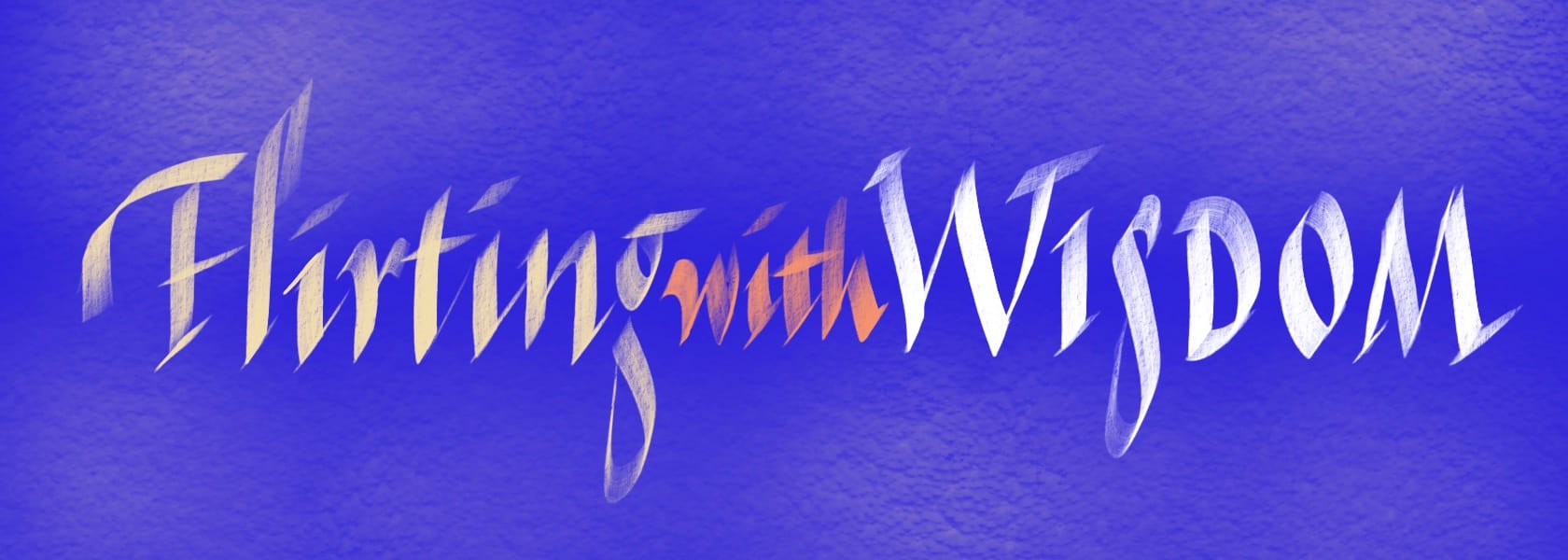
Each vignette invites readers to embrace the beauty of unfinished thinking and the art of holding life’s ongoing questions.

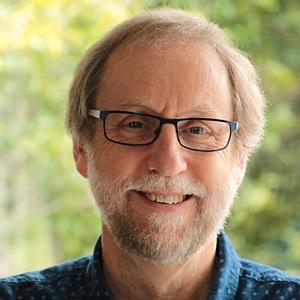
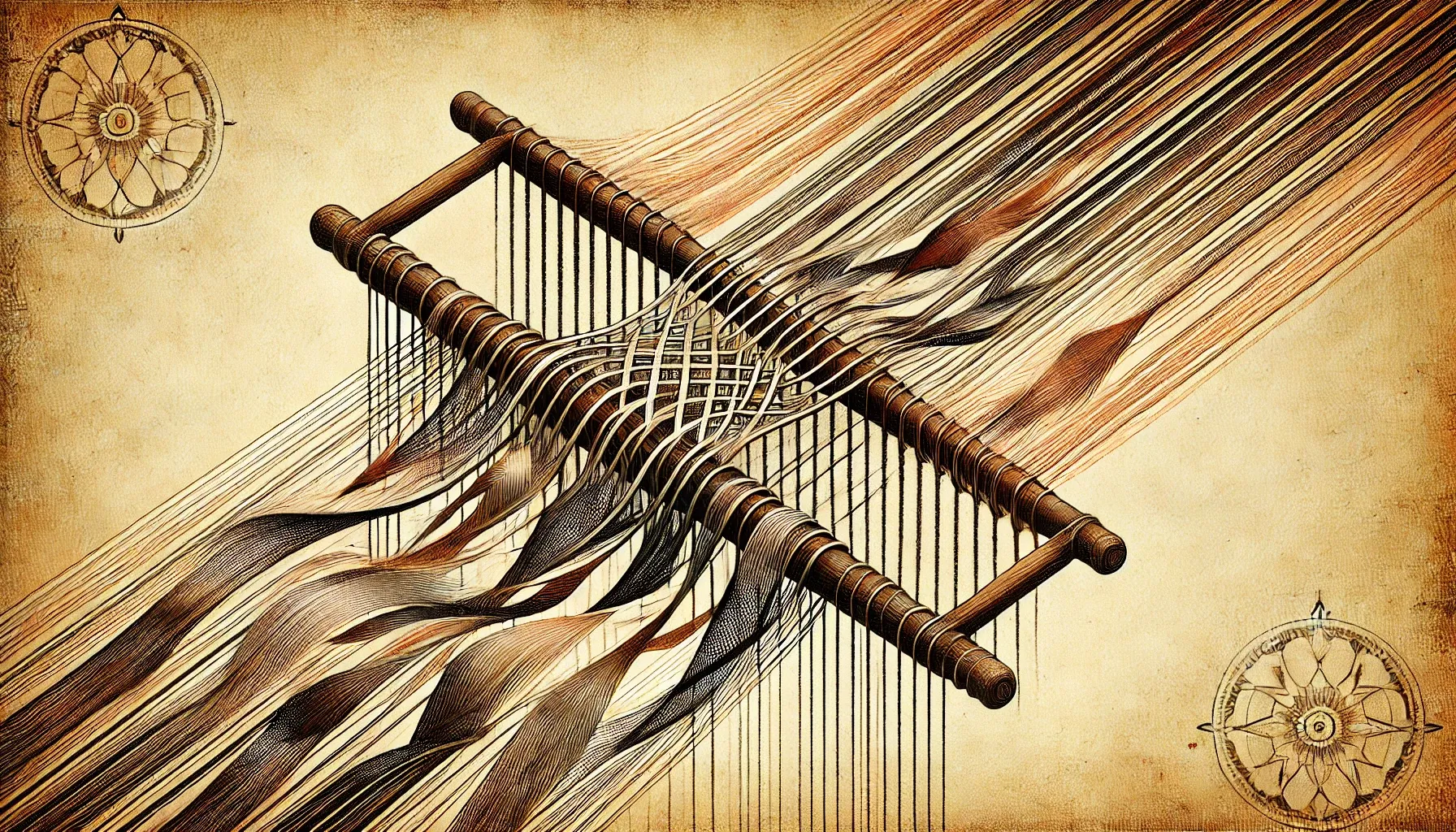
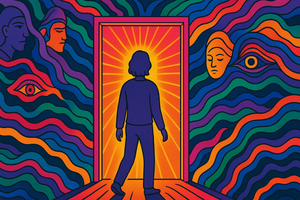

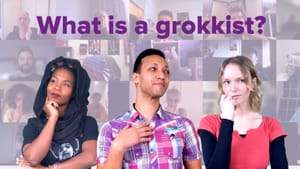

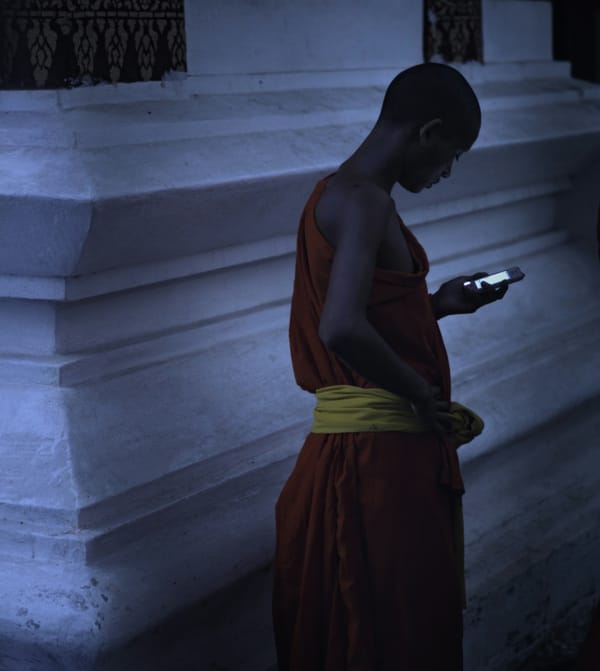

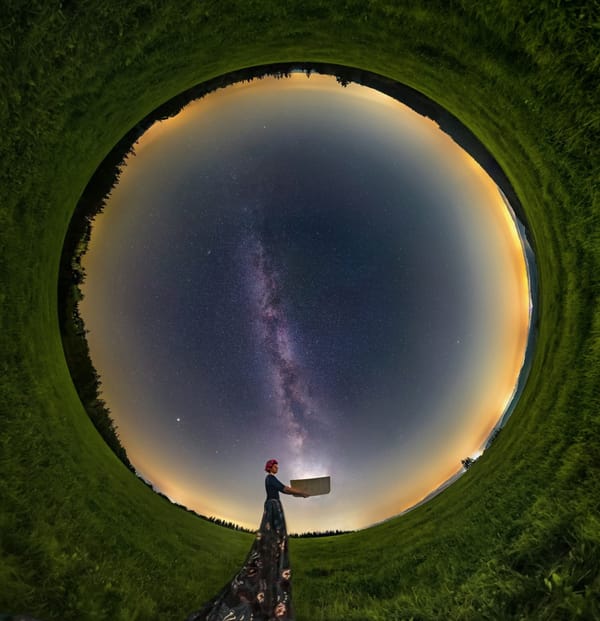
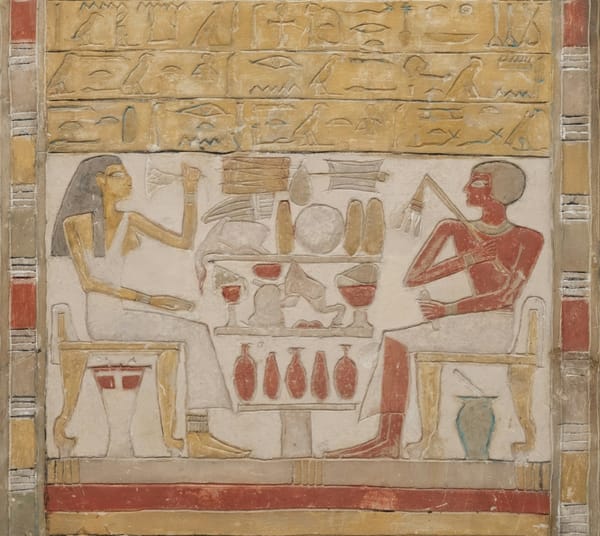
Member discussion